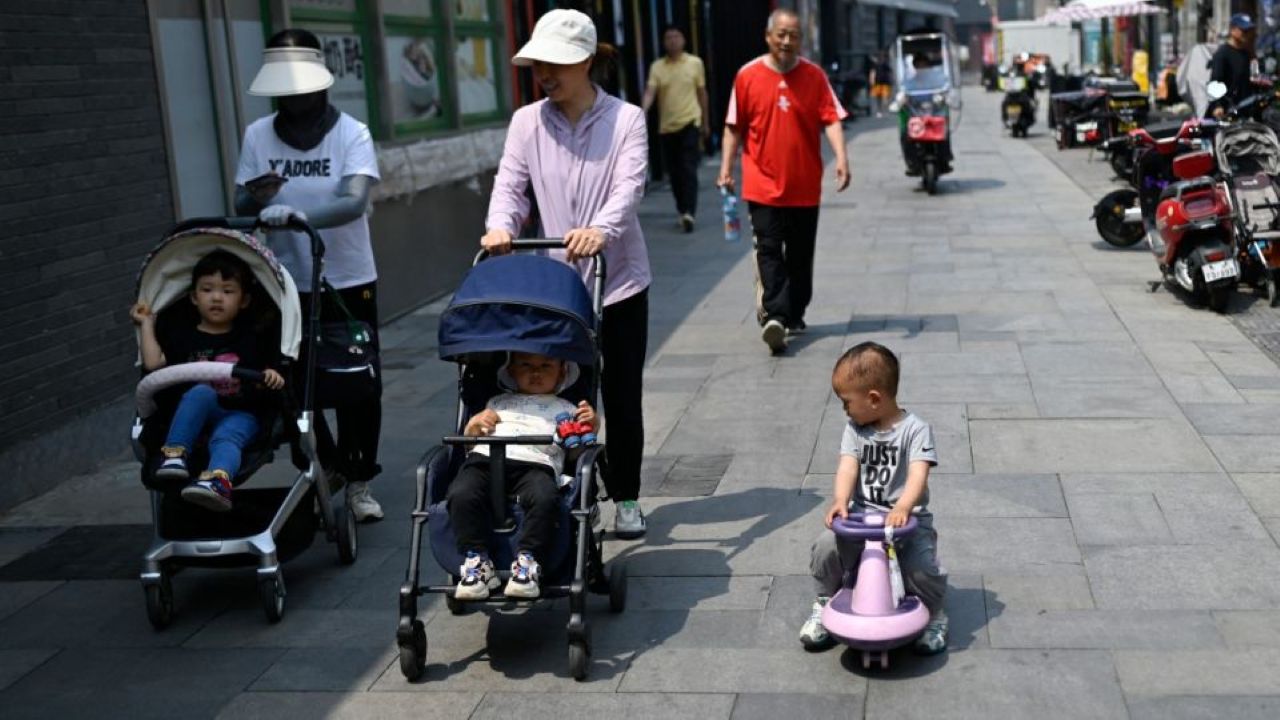
China Launches Child Subsidy Program Worth Rp8.2 Trillion to Boost Birth Rates
Casal dels Infants – The child subsidy program announced by the government provides up to 3,600 yuan (≈Rp8.2 million) per child annually. It applies to children up to three years old. This initiative is part of the government’s broader effort to address the country’s declining birth rates. This move is part of the government’s effort to address declining birth rates.
According to Reuters, the child subsidy program will be provided for children born starting this year. Children born before 2025, however, will only receive a partial subsidy. The program is expected to benefit more than 20 million families with infants and toddlers. The National Health Commission stated that this direct cash subsidy aims to ease the financial burden on families. It is intended to help cover costs related to childbirth and childcare.
“Read More: Toddler-Friendly Travel, 6 Essential Tips for Parents”
Over the past two years, several provinces in China have already offered child-rearing subsidies, ranging from 1,000 yuan to 100,000 yuan per child (Rp2.28 million – Rp228.56 million), including housing assistance. However, this new subsidy policy will be funded by the central government, rather than local authorities.
High costs of childcare and education, job insecurity, and economic slowdown have made many young Chinese reluctant to marry and have children. As a result, China’s population declined for the third consecutive year in 2024.
Despite this, demographers and economists argue that the subsidy amount is still too small. They believe it is unlikely to significantly encourage families to have more children. Zichun Huang, an economist at Capital Economics, said the funds are insufficient to have a direct impact on birth rates or consumer spending.
“However, this policy remains an important milestone in providing direct household support and could serve as a foundation for larger fiscal transfers in the future,” Huang added.
Meanwhile, Citi Research estimates that the Chinese government could spend up to 117 billion yuan (≈Rp267.41 trillion) on this subsidy program. The government plans to use the funds in the second half of 2025. Analysts note that the subsidy is more focused on stimulating consumption rather than being a direct population growth strategy.
With this program, the government hopes to encourage families to grow. Economic and social challenges, however, continue to pose obstacles.
“Continue Reading: Melania Trump Calls for Peace in Letter to Putin at Alaska Summit”